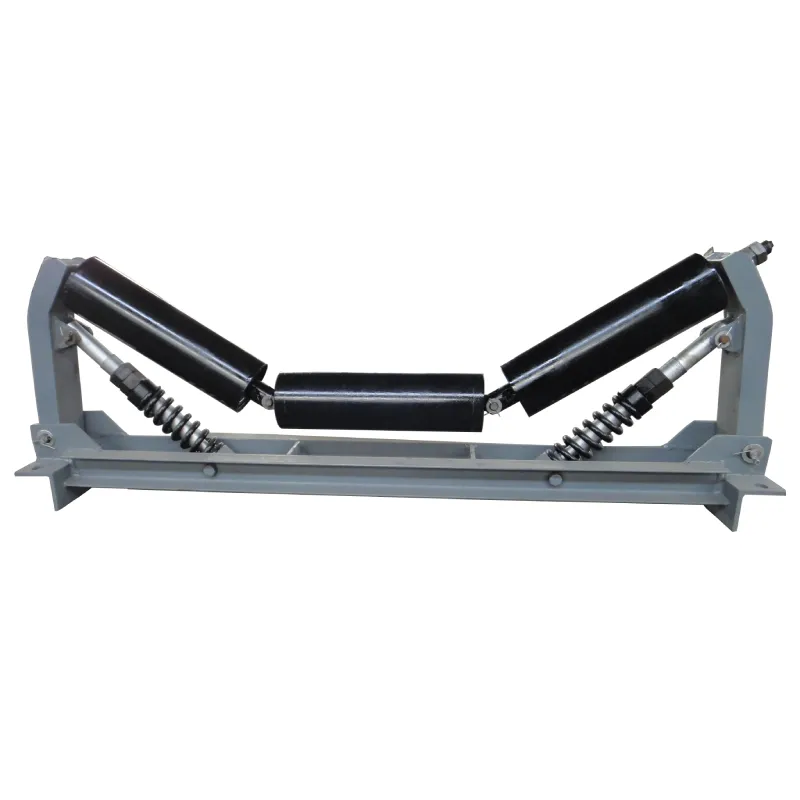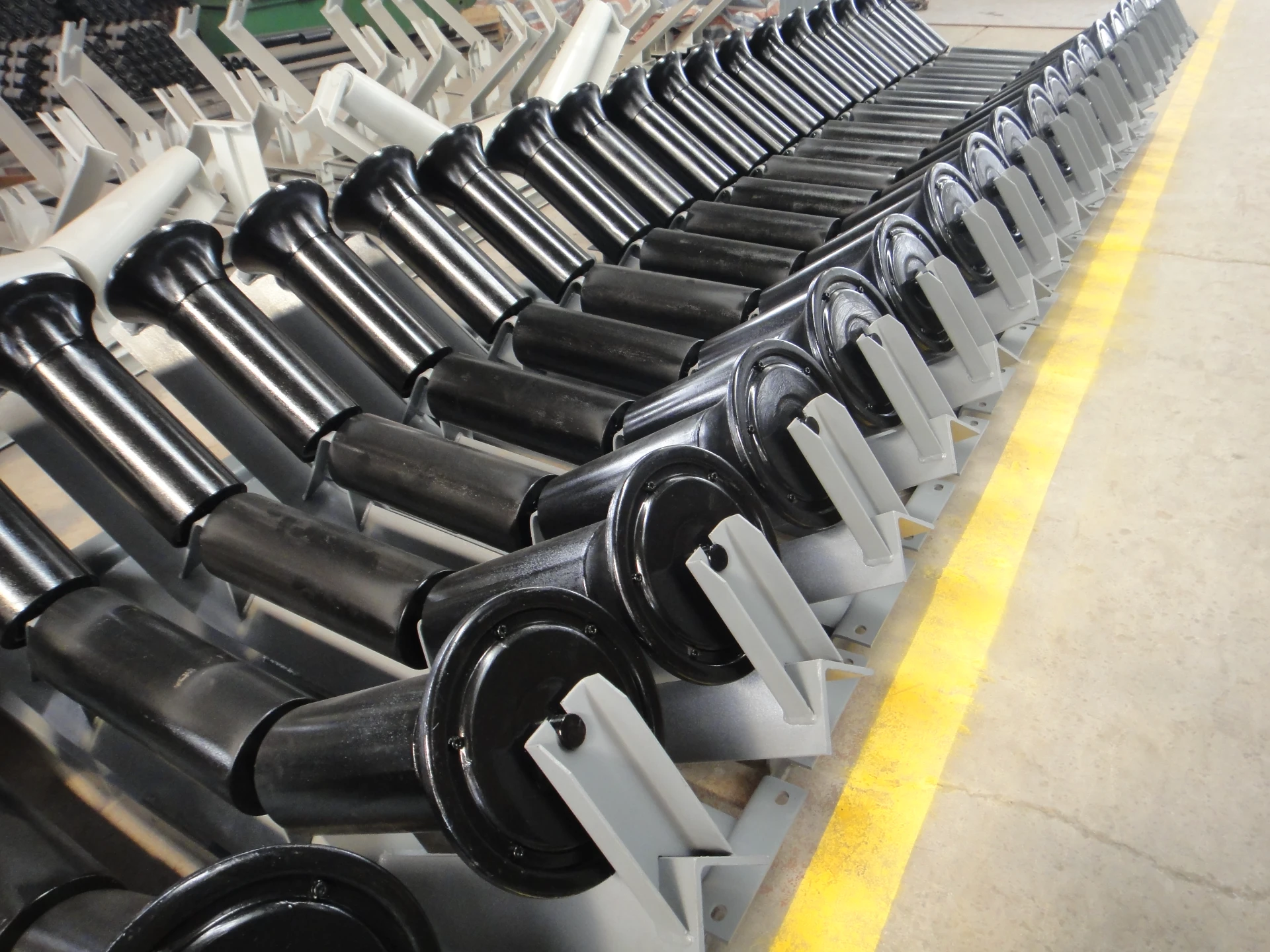 Afrikaans
Afrikaans  Albanian
Albanian  Amharic
Amharic  Arabic
Arabic  Armenian
Armenian  Azerbaijani
Azerbaijani  Basque
Basque  Belarusian
Belarusian  Bengali
Bengali  Bosnian
Bosnian  Bulgarian
Bulgarian  Catalan
Catalan  Cebuano
Cebuano  Corsican
Corsican  Croatian
Croatian  Czech
Czech  Danish
Danish  Dutch
Dutch  English
English  Esperanto
Esperanto  Estonian
Estonian  Finnish
Finnish  French
French  Frisian
Frisian  Galician
Galician  Georgian
Georgian  German
German  Greek
Greek  Gujarati
Gujarati  Haitian Creole
Haitian Creole  hausa
hausa  hawaiian
hawaiian  Hebrew
Hebrew  Hindi
Hindi  Miao
Miao  Hungarian
Hungarian  Icelandic
Icelandic  igbo
igbo  Indonesian
Indonesian  irish
irish  Italian
Italian  Japanese
Japanese  Javanese
Javanese  Kannada
Kannada  kazakh
kazakh  Khmer
Khmer  Rwandese
Rwandese  Korean
Korean  Kurdish
Kurdish  Kyrgyz
Kyrgyz  Lao
Lao  Latin
Latin  Latvian
Latvian  Lithuanian
Lithuanian  Luxembourgish
Luxembourgish  Macedonian
Macedonian  Malgashi
Malgashi  Malay
Malay  Malayalam
Malayalam  Maltese
Maltese  Maori
Maori  Marathi
Marathi  Mongolian
Mongolian  Myanmar
Myanmar  Nepali
Nepali  Norwegian
Norwegian  Norwegian
Norwegian  Occitan
Occitan  Pashto
Pashto  Persian
Persian  Polish
Polish  Portuguese
Portuguese  Punjabi
Punjabi  Romanian
Romanian  Russian
Russian  Samoan
Samoan  Scottish Gaelic
Scottish Gaelic  Serbian
Serbian  Sesotho
Sesotho  Shona
Shona  Sindhi
Sindhi  Sinhala
Sinhala  Slovak
Slovak  Slovenian
Slovenian  Somali
Somali  Spanish
Spanish  Sundanese
Sundanese  Swahili
Swahili  Swedish
Swedish  Tagalog
Tagalog  Tajik
Tajik  Tamil
Tamil  Tatar
Tatar  Telugu
Telugu  Thai
Thai  Turkish
Turkish  Turkmen
Turkmen  Ukrainian
Ukrainian  Urdu
Urdu  Uighur
Uighur  Uzbek
Uzbek  Vietnamese
Vietnamese  Welsh
Welsh  Bantu
Bantu  Yiddish
Yiddish  Yoruba
Yoruba  Zulu
Zulu Feb . 15, 2025 16:39
Back to list
Double- Center -Roller New Type Aligning Idler
In the world of material handling and conveyor systems, the role of conveyor return idlers often goes underappreciated, yet their significance in maintaining a smooth, efficient, and safe operation cannot be overstressed. With an evolving industry that increasingly emphasizes precision, durability, and cost-efficiency, understanding the multifaceted functions of these components can optimize operations significantly.
Moreover, advancements in technology have ushered in a new era of efficiency for conveyor return idlers. Smart idler systems, equipped with sensors, now provide real-time data on performance metrics. This innovation allows operations managers to monitor the condition of the conveyor systems remotely, predict when maintenance is required, and make data-driven decisions to enhance productivity. Thanks to their critical yet understated role, return idlers also contribute significantly towards energy conservation. A smoothly running conveyor reduces the drag that can lead to increased energy usage. By facilitating effortless belt motion, these idlers help maintain reduced operational costs, aligning with sustainability goals that many companies prioritize today. When it comes to installation, precision is critical. Misalignment during setup can negate the benefits these components confer. Therefore, employing skilled technicians with expertise in conveyor systems is crucial to ensure that the idlers are installed correctly, minimizing any chances of operational inefficiencies. In closing, exploring enhancements in conveyor system technology should invariably include evaluating the type and condition of conveyor return idlers being utilized. For businesses aiming to leverage efficiency, reduce downtime, and ensure product longevity in their production lines, investing in high-quality return idlers aligned with their specific operational demands stands as a prudent strategy. Choosing the right return idlers is not merely a technical decision but a strategic one that reflects a company’s commitment to excellence in operations management. Attention to detail in selecting such components can yield significant competitive advantages, thus demonstrating the intersection of technology, reliability, and strategic foresight in modern industrial practices.


Moreover, advancements in technology have ushered in a new era of efficiency for conveyor return idlers. Smart idler systems, equipped with sensors, now provide real-time data on performance metrics. This innovation allows operations managers to monitor the condition of the conveyor systems remotely, predict when maintenance is required, and make data-driven decisions to enhance productivity. Thanks to their critical yet understated role, return idlers also contribute significantly towards energy conservation. A smoothly running conveyor reduces the drag that can lead to increased energy usage. By facilitating effortless belt motion, these idlers help maintain reduced operational costs, aligning with sustainability goals that many companies prioritize today. When it comes to installation, precision is critical. Misalignment during setup can negate the benefits these components confer. Therefore, employing skilled technicians with expertise in conveyor systems is crucial to ensure that the idlers are installed correctly, minimizing any chances of operational inefficiencies. In closing, exploring enhancements in conveyor system technology should invariably include evaluating the type and condition of conveyor return idlers being utilized. For businesses aiming to leverage efficiency, reduce downtime, and ensure product longevity in their production lines, investing in high-quality return idlers aligned with their specific operational demands stands as a prudent strategy. Choosing the right return idlers is not merely a technical decision but a strategic one that reflects a company’s commitment to excellence in operations management. Attention to detail in selecting such components can yield significant competitive advantages, thus demonstrating the intersection of technology, reliability, and strategic foresight in modern industrial practices.
Latest news
-
Revolutionizing Conveyor Reliability with Advanced Rubber Lagging PulleysNewsJul.22,2025
-
Powering Precision and Durability with Expert Manufacturers of Conveyor ComponentsNewsJul.22,2025
-
Optimizing Conveyor Systems with Advanced Conveyor AccessoriesNewsJul.22,2025
-
Maximize Conveyor Efficiency with Quality Conveyor Idler PulleysNewsJul.22,2025
-
Future-Proof Your Conveyor System with High-Performance Polyurethane RollerNewsJul.22,2025
-
Driving Efficiency Forward with Quality Idlers and RollersNewsJul.22,2025
OUR PRODUCTS





























